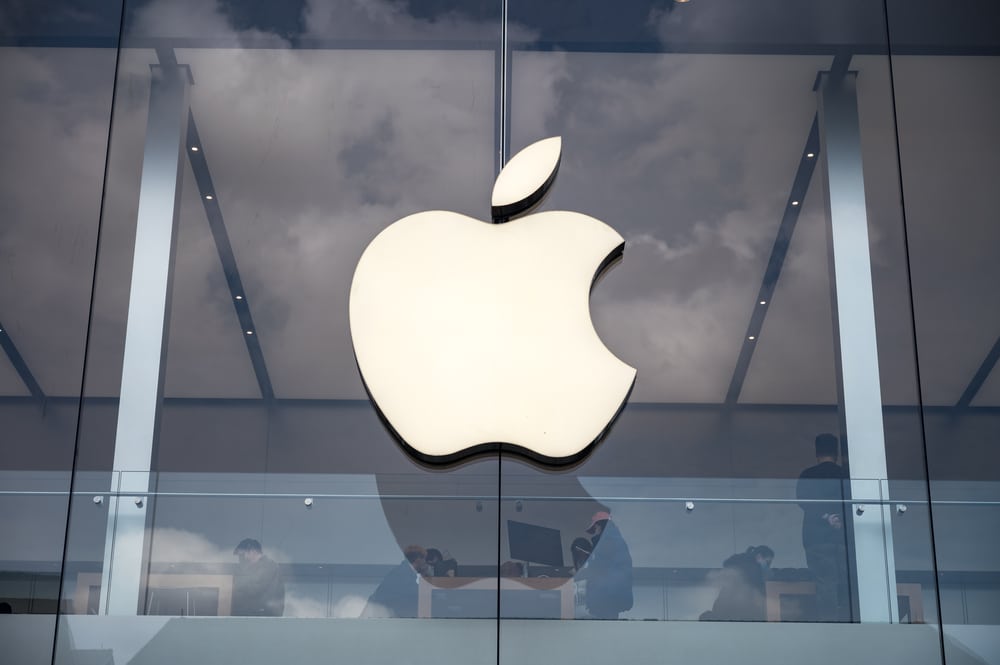
Apple Introduces Cutting-Edge Stolen Device Protection
To enhance user security, Apple has unveiled a groundbreaking Stolen Device Protection feature with its latest iOS release, version 17.3. This feature aims to thwart phone thieves by imposing additional layers of biometric security and hindering unauthorised access to crucial functions.
Turning On Stolen Device Protection: A Crucial Step for iPhone Users
The Stolen Device Protection setting is pivotal in the recent iOS update, offering users an extra shield against potential theft. To activate this feature, users need to navigate to their device settings and enable Stolen Device Protection. Once activated, the system keeps a log of the user’s “familiar locations,” such as their home or workplace, and intensifies biometric security measures when the device is used in unfamiliar places.
Biometric Security Takes Center Stage: A Paradigm Shift from Passcodes
One notable shift introduced by Stolen Device Protection is the decreased reliance on traditional passcodes. Instead, the feature prioritises biometric identifiers like Face ID or Touch ID, making it substantially harder for thieves to replicate or bypass security measures. In the event of a theft attempt involving erasing or resetting the device, a Face ID or Touch ID scan becomes mandatory for confirmation, rendering passcodes and other backup methods ineffective.
Delaying Thieves and Safeguarding Apple Accounts: An Innovative Approach
Stolen Device Protection strategically incorporates delays in operations related to security settings changes. For instance, if a thief attempts to alter crucial settings like signing out of an Apple ID account or changing the passcode in an unfamiliar location, they are subjected to a series of authentication steps. This includes Face ID or Touch ID scans, a mandatory one-hour waiting period, and subsequent biometric verification. Such delays are strategically designed to impede thieves and provide users with the opportunity to mark their devices as lost, securing their Apple accounts.
Apple emphasises that when the device is in a familiar location, these additional steps are not required, allowing users to use their device passcode seamlessly.


